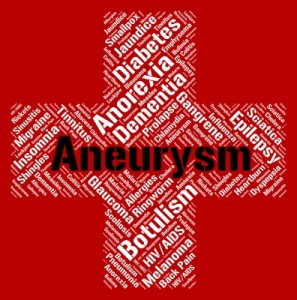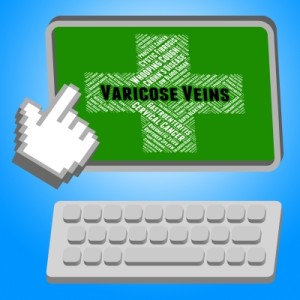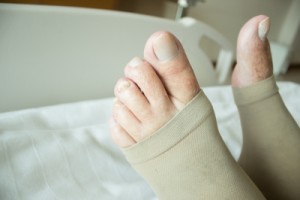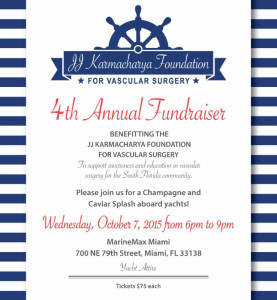What happens when Arteries are affected?
Arterial disorders of blood vessels represent the most common cause of morbidity and mortality in the Western countries. Much of this occurs due to obstruction of the arteries because of the formation of a plaque in blood vessels, most commonly involving the blood vessels of the heart and brain, but can also occur acutely as a result of emboli/ clot or trauma. The plaque or atheroma is a cholesterol deposit within the arterial walls that gradually increases in size.
Symptoms of Obstruction of an Artery
The symptoms and signs produced relate to the organ supplied by the artery for example in heart- angina and heart attack, in brain- stroke. In limbs, it causes Intermittent Claudication at first which is cramp-like pain felt in the muscles during exercise and relieved by rest. It progresses to Rest Pain which occurs even with the limb in rest and is characteristically worse at night and exacerbated by elevation of the foot. The limb involved might also be cold, numb with skin changes and weak distal pulses.
How is an Arterial Obstruction Diagnosed?
In case of a chronic obstructive disease, blood glucose and lipid metabolism is investigated along with electrocardiography (ECG) for disorders of blood vessels of the heart. A hand-held Doppler ultrasound and Duplex scanning is done to detect abnormal arterial blood flow and to calculate ankle-brachial pressure index (ABPI). Ankle-brachial pressure index is a ratio of blood pressure at the ankle to that of the arm and a value below 0.9 indicates some degree of arterial obstruction. Sometimes, an angiography, also called arteriography, might be required if surgery is planned. It involves the injection of a radio-opaque dye into the blood vessel to visualize the point of obstruction. New techniques such as magnetic resonance angiography and computerized tomography (CT) angiography are now replacing classical angiography.
What should you do if you have an Arterial Obstruction?
Patients of chronic arterial occlusion are advised to continue walking though pain which helps in development of new collateral vessels. Exercise is encouraged and cessation of smoking is essential. Overweight patients are given dietary advice to reduce weight and a plan for an active healthy lifestyle.
What is the treatment for an Arterial Obstruction?
Medications like aspirin maybe prescribed to thin the blood along with drugs to control diabetes and hypertension. The disease may be treated by inserting a balloon catheter into the artery and inflating it to dilate the narrowed part of the artery in a procedure called Percutaneous Transluminal Angioplasty (PTA) or a graft of blood vessel maybe applied on either side of the narrowed part to bypass it. In case of an acute disorder of blood vessel, the blood clot is dissolved by giving medications or removed by surgery. If gangrene occurs, which is the death of a part of limb, it must be removed by amputation.
What are some other Arterial disorders of blood vessels?
Sometimes the walls of the arteries become weak mostly due to high blood pressure and may expand to form a dilated part in the artery called an aneurysm. Common sites include the chest, abdomen and the blood vessels of brain. An aneurysm might cause no symptoms, or might rupture and become fatal in 50% of ruptured abdominal aneurysms.
In certain disorders, the body produces factors that attack its own blood vessels and cause inflammation. These diseases are called the autoimmune disorders of blood vessels and occur in rheumatoid arthritis, systemic lupus erythematous and polyarteritis nodosa.
Some disorders of blood vessels in the skin might exist since birth. These include a capillary hemangioma which appears as raised red swelling anywhere on the body, mostly on the head or neck, and regresses with age. Other vascular birthmarks include ‘salmon patch’ which disappears within a year after birth and ‘port wine stain’ which is associated with several syndromes.
What happens when Veins are affected?
Venous disorders of blood vessels include varicose veins which are tortuous dilated veins of the skin affecting 5% of adult population most commonly the legs. The veins become dilated either because of the backflow of blood in the veins due to incompetent valves or secondary to an obstruction impeding the normal venous blood flow.
Symptoms of Varicose Veins
It commonly presents with pain in the legs at the end of the day or after prolonged standing. Other symptoms include itching, swelling of the leg or ulcers.
How is Varicose Veins Diagnosed?
A standard Doppler examination or a Duplex venous scan can easily visualize the blood flow within the veins or if any clot/ thrombus are obstructing the blood flow. Sometimes a venography might be done which allows detailed mapping of the veins and is an extremely useful test for patients with recurrent varicose veins or those with complex anatomy.
What should you do if you have Varicose Veins?
Patients of varicose veins are advised to wear compression stockings, elevate their legs and avoid standing for long hours, sometimes even requiring a change in occupation.
What is the treatment for Varicose Veins?
It can be treated by injecting a detergent chemical (sodium tetradecyl sulphate) in the wall of the vein either directly or mixed with air to form foam to destroy the vein. Surgically, the affected vein maybe tied at a high point in the leg and the rest stripped off. Newer techniques of endovascular laser and radiofrequency ablation to destroy vein are less invasive and preferred.
What are some other Venous disorders of blood vessels?
Other venous disorders of the blood vessels include formation of a clot- Deep Vein Thrombosis which causes pain, swelling and eventual discoloration of the leg. The clot maybe dissolved by medications or removed by surgery.
Image courtesy of Stuart Miles at FreeDigitalPhotos.net






